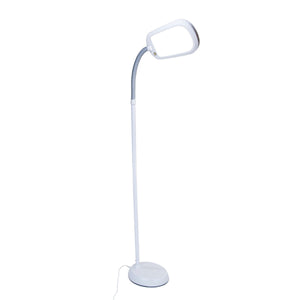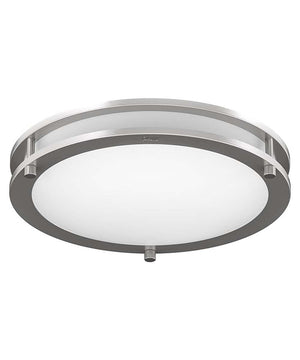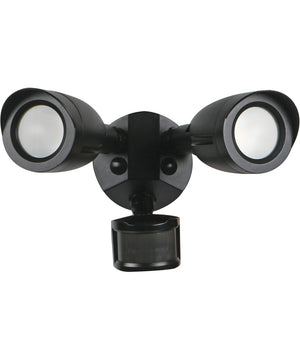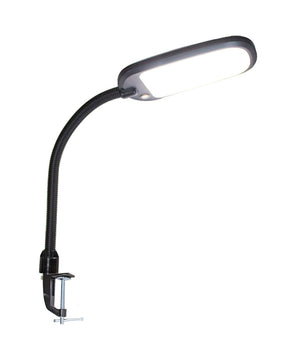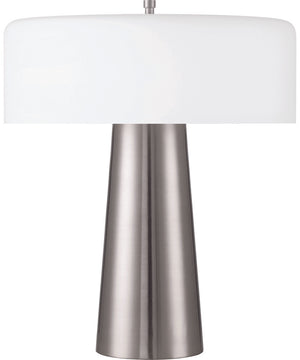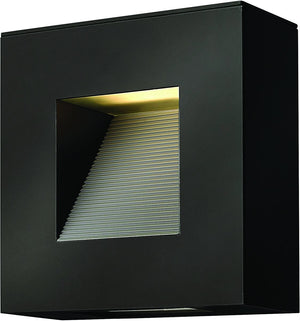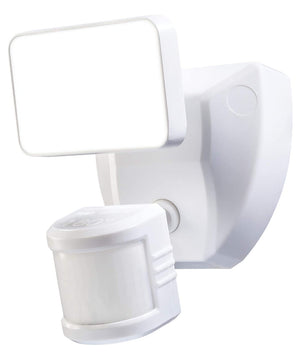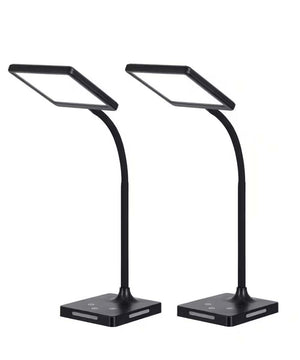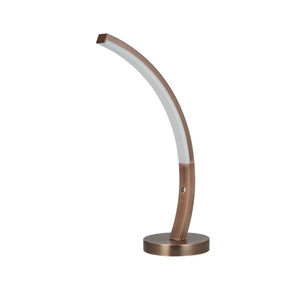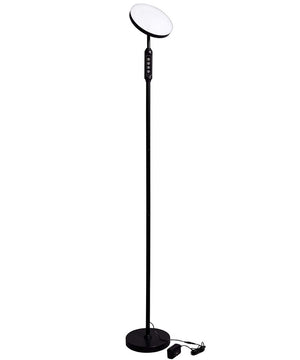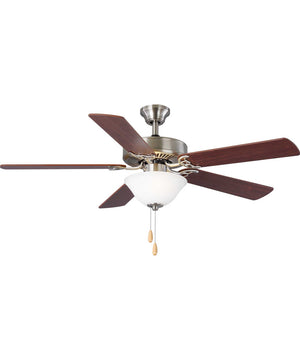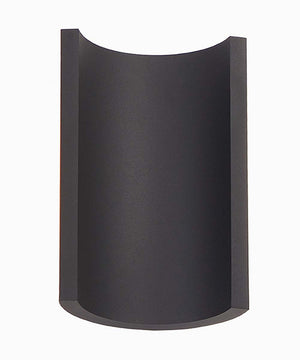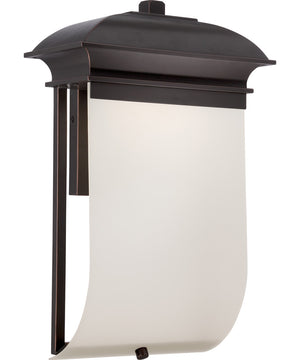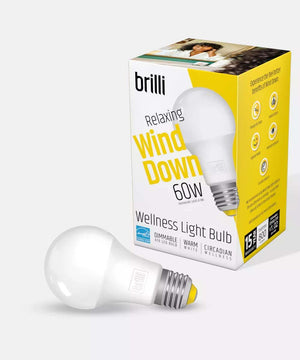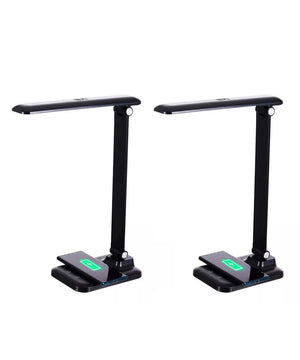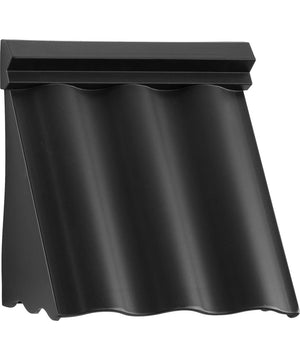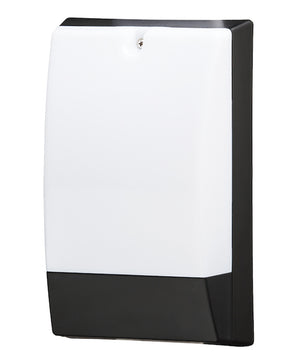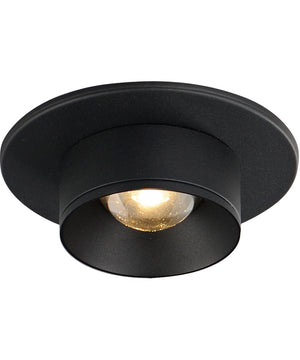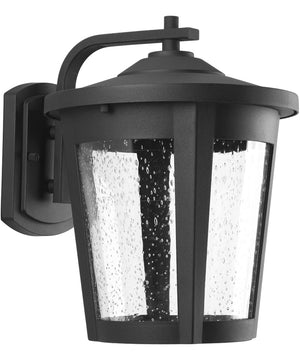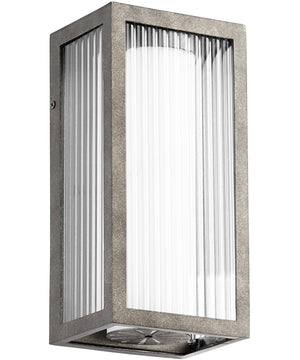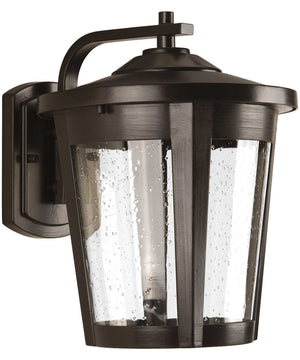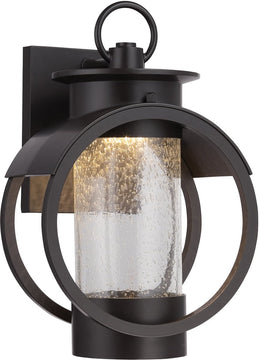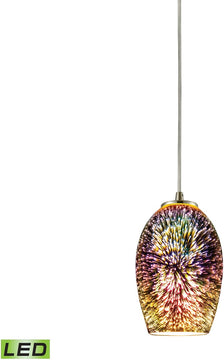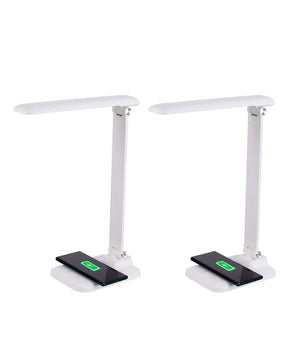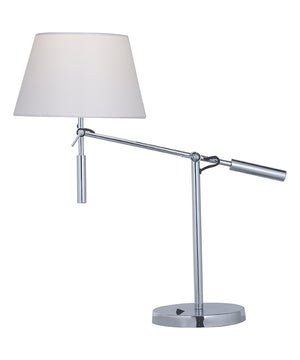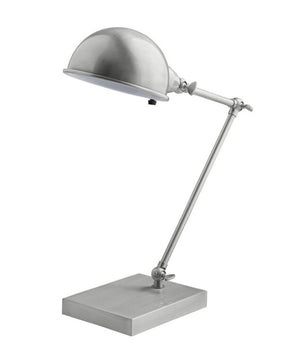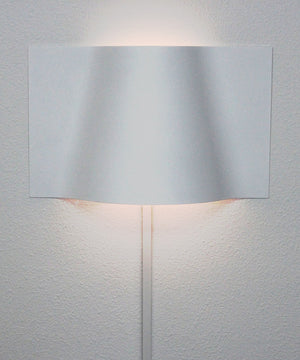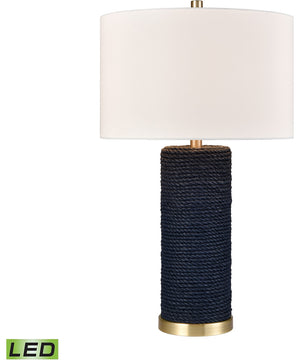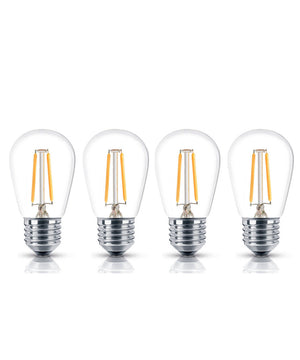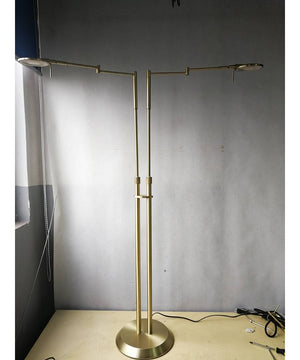LED Lights
Promotions
Popular Categories in LED Lights
LED Lights
Illuminate Your World with Energy-Efficient LED Lighting
In today's world, where energy efficiency and sustainability are paramount, LED lights (Light Emitting Diodes) have emerged as the clear winner in the lighting arena. Unlike traditional incandescent bulbs, which waste a lot of energy as heat, LED light bulbs convert almost all electricity into light. This makes them significantly more energy-efficient, helping you slash those electricity bills.
But that's not all. LEDs boast an impressive lifespan, outlasting traditional bulbs by several years. This translates to less frequent replacements and lower maintenance costs in the long run. Their versatility is another feather in their cap - LED lighting comes in a dazzling array of colors and brightness levels, allowing you to create the perfect ambiance for any space, be it your cozy living room or a bustling office.
If you're looking for the best lights for energy efficiency, the search ends with LED lights. Their unparalleled combination of energy savings, longevity, and versatility makes them the ideal choice for a greener, brighter future.
LED technology isn't confined to a single form. It powers a wide array of lighting products; each designed to meet specific needs and enhance various spaces.
LED Light Bulbs: The Versatile Classic
- Replace traditional bulbs with ease
- Variety of shapes and sizes to fit any fixture
- Choose color temperature to create the perfect mood (warm white for cozy spaces, cool white for task lighting)
LED Lighting Fixtures: Style Meets Efficiency
- Ceiling lights, wall lights, recessed lighting, and more
- Seamlessly integrate into your home or office décor
- Provide targeted illumination where needed
Smart LED Lights: The Future of Lighting
- Control brightness, color, and scheduling via apps or voice commands
Create personalized lighting scenes for different activities
Enhance security and energy savings with automation
LED Strip Lights: Unleash Your Creativity
- Flexible and customizable for accent lighting or unique installations
- Add a touch of magic to any space
- Ideal for highlighting architectural features, artwork, or entertainment areas
Whether you're looking for LED lights for home to create a warm and inviting atmosphere or LED lights for office to enhance productivity, the vast selection of LED lighting products ensures you'll find the perfect fit.
Benefits of LED Lighting: Illuminating the Advantages
Energy Efficiency & Cost Savings: When it comes to the "best lights for energy efficiency," LED lights shine bright. They consume significantly less energy compared to incandescent or CFL bulbs, leading to substantial savings on your electricity bills month after month.
Long Lifespan & Reduced Maintenance: Forget about frequent bulb replacements. LED lights have an impressively long lifespan, often lasting several years or even decades. This reduces maintenance hassles and saves you money in the long run.
Environmentally Friendly: LEDs are a greener choice for our planet. They are free of mercury and other harmful gases found in some traditional bulbs. Their energy efficiency also translates to a reduced carbon footprint.
Improved Light Quality & Color Rendering: Enjoy superior light quality with LEDs. They offer excellent color rendering, accurately reproducing the colors of objects and creating a more vibrant and natural atmosphere.
Dimmable Options for Customized Ambiance: Many LED light bulbs are dimmable, giving you complete control over the lighting ambiance. Create the perfect mood for any occasion, from a romantic dinner to a productive work session. Dimmable LED light bulbs offer flexibility and further enhance energy savings.
LED lights are truly a smart investment for your home, office, or any space. Their numerous advantages make them the lighting solution of the future, offering a brighter, more efficient, and sustainable way to illuminate our world.
Choosing the Right LED Lighting: A Guide to Illuminate Your Space
Selecting the perfect LED lights involves considering several factors to ensure they meet your specific needs and create the desired ambiance. Here's a helpful guide to navigate the process:
1. Consider the Room or Space and Its Intended Use:
- Living Spaces: Aim for a warm and inviting atmosphere with a color temperature of 2700K-3000K. Consider dimmable LED light bulbs to adjust the brightness according to different activities.
- Kitchens and Workspaces: Brighter, cooler light (3500K-4100K) is ideal for task lighting and better visibility.
- Bedrooms: Opt for warm, relaxing light (2700K-3000K) to promote a restful environment.
- Bathrooms: A mix of warm and cool light can be used for different purposes. Consider using brighter lights around the vanity for makeup application and softer lights for a relaxing bath.
2. Understand Lumens (Brightness) and Color Temperature (Warm or Cool Light):
- Lumens: Higher lumen values indicate brighter light. Choose the lumen output based on the room size and intended use. Refer to the packaging or product descriptions for guidance.
-
Color Temperature (Kelvin):
Lower Kelvin (2700K-3000K): Warm, yellowish light for cozy and relaxing settings.
Higher Kelvin (3500K-4100K): Cool, bluish light for workspaces and task lighting.
Daylight (5000K-6500K): Bright, natural light, ideal for areas requiring maximum visibility.
3. Explain Different Bulb Bases and Fixture Types:
Bulb Bases: The most common types are E26 (standard medium screw), E12 (candelabra), and GU10 (twist and lock). Make sure the new LED bulb has the same base as your existing fixture.
Fixture Types: Consider recessed lights, track lighting, pendant lights, chandeliers, or wall sconces depending on your aesthetic preferences and the specific room requirements.
4. Offer Tips for Smart LED Lighting Integration:
- Smart Bulbs: Control your LED lights remotely using your smartphone or voice commands.
- Smart Switches: Replace traditional switches with smart ones to enable scheduling, dimming, and scene creation.
- Motion Sensors: Automate lighting in specific areas, like hallways or closets, for convenience and energy savings.
Remember:
- Look for the ENERGY STAR label: ENERGY STAR certified LED bulbs meet strict efficiency standards.
- Consider dimmable options: Dimmable LED light bulbs allow you to create ambiance and conserve energy.
- Check compatibility with dimmer switches: If you have dimmer switches, ensure the LED bulbs are compatible.
By following these guidelines and considering your specific needs, you can confidently select the right LED lighting to transform your space into a well-lit and energy-efficient haven.
Frequently Asked Questions: Addressing Common Inquiries About LED Lighting
1. Are LED lights easy to install?
Yes, LED lights are generally easy to install. Most LED bulbs use standard bases (like E26) that screw into existing fixtures just like traditional bulbs. However, always turn off the power at the switch before replacing any bulb.
2. How do I maintain my LED lights?
LED lights require minimal maintenance. Simply wipe them occasionally with a soft, dry cloth to remove dust. Avoid using harsh cleaning chemicals.
3. Can I dispose of LED lights in the regular trash?
While LED lights don't contain mercury like CFLs, they do contain electronic components. It's best to check with your local waste management or recycling center for proper disposal guidelines. Some retailers and manufacturers may also offer recycling programs.
4. Are LED lights safe for my eyes?
Yes, LED lights are generally safe for your eyes. Look for bulbs with a low blue light emission rating if you're concerned about potential eye strain or sleep disruption, especially for use in bedrooms or evening hours.
5. Can LED lights be used outdoors?
Absolutely! There are many LED lights specifically designed for outdoor use. They are weather-resistant and can withstand various environmental conditions.
6. Are LED lights dimmable?
Many LED lights are dimmable, but not all. Check the packaging or product description to ensure compatibility with dimmer switches. Using a non-dimmable LED bulb with a dimmer switch can damage the bulb or the switch.
7. Are LED lights expensive?
The initial cost of LED lights might be slightly higher than traditional bulbs. However, their long lifespan and energy efficiency result in significant cost savings over time.
8. Do LED lights get hot?
LED lights generate much less heat than incandescent bulbs, but they can still get warm to the touch, especially high-powered ones.
9. Can LED lights be used with timers or motion sensors?
Yes, LED lights work perfectly with timers and motion sensors, further enhancing their energy-saving potential and convenience.
Ready to Illuminate Your World with the Best in LED Lighting?
Explore the vast selection of LED lights at LampsUSA and discover the perfect fit for your needs! From energy-saving bulbs to stylish fixtures, LampsUSA has it all to brighten your space and reduce your energy costs
























